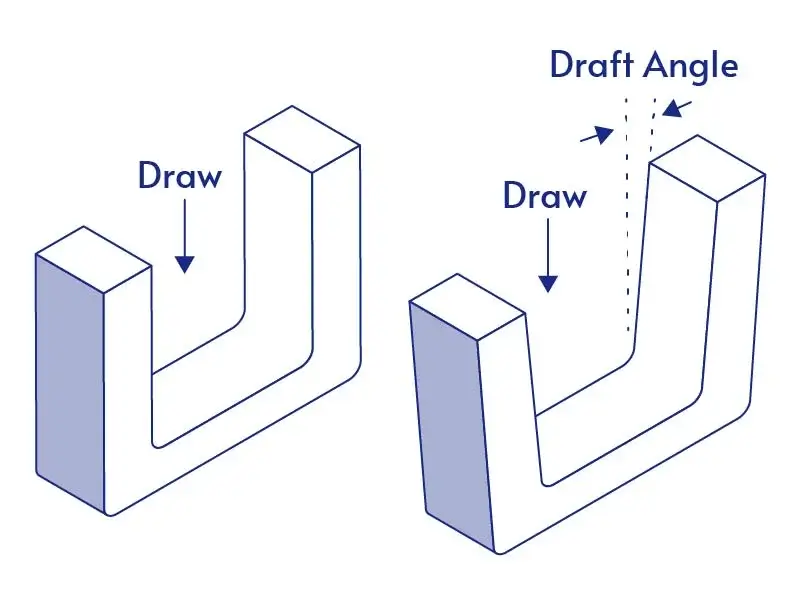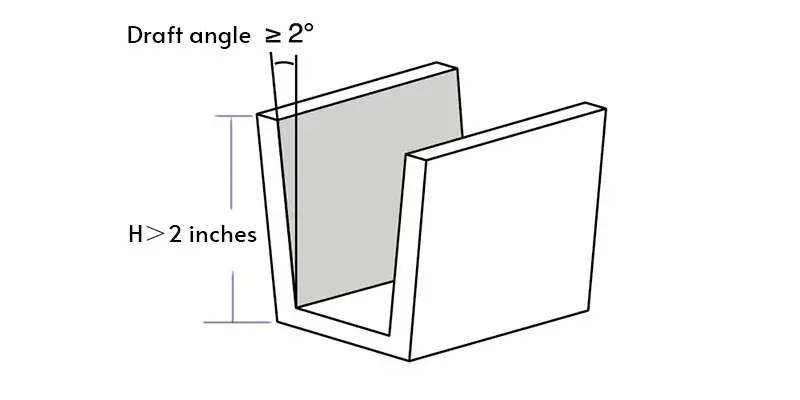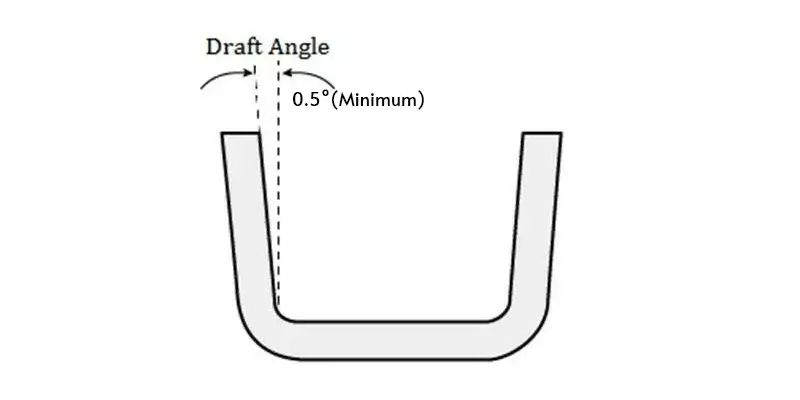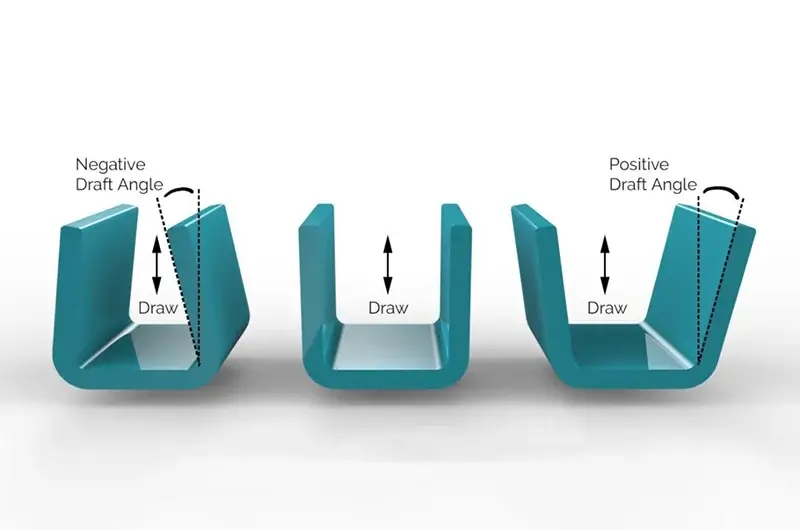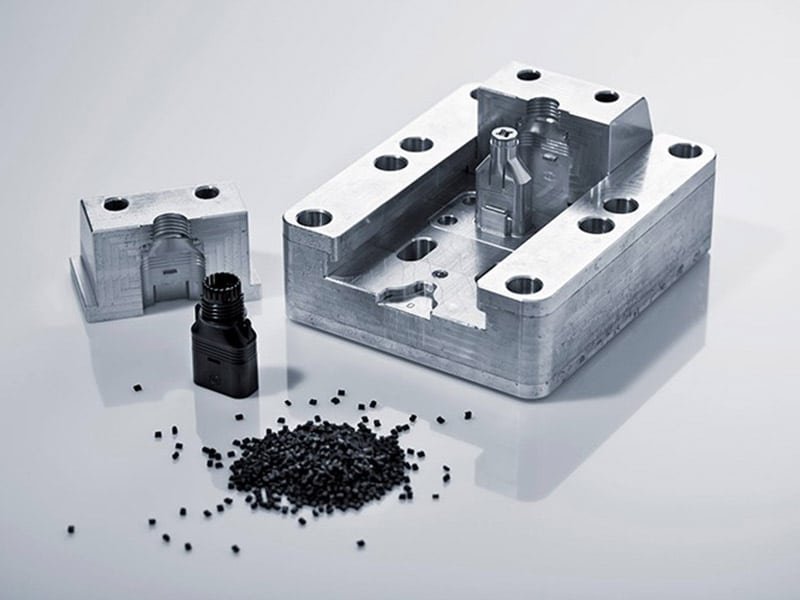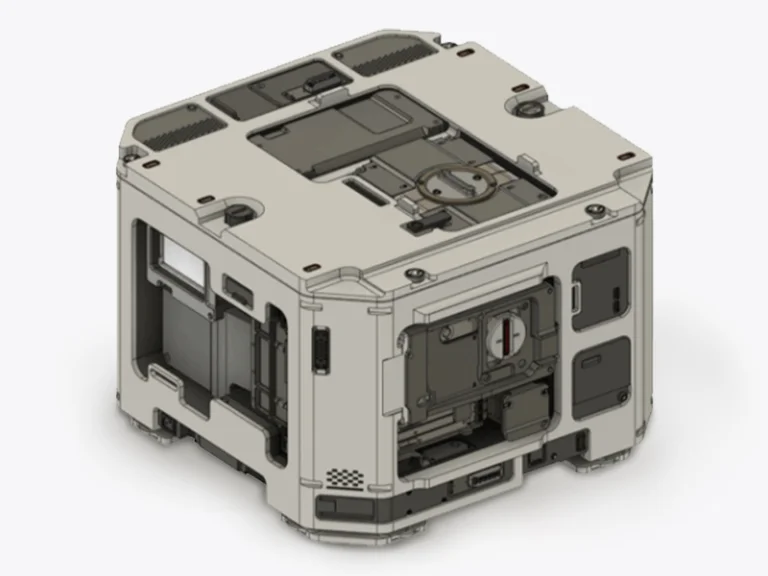Injection molding draft angle is a slight taper or slope added to the vertical surfaces of an injection molded part to facilitate its removal from the mold. Specifically, it is the angle between the part’s surface and the direction the mold opens. It is critically important in injection molding. In this post, we will explore how to how to determine and apply the right draft angle to improve the quality of injection molded parts and reduce manufacturing issues.
- Injection Molding Draft Angle
What is Injection Molding Draft Angle?
A draft angle is a slight angular taper applied to the vertical faces of a part design in injection molding. This angle is designed to facilitate the easy removal of the part from the mold after the material has solidified. The draft angle is typically measured in degrees and is applied to features such as walls, ribs, and other vertical surfaces of the molded part.
- Injection Mold Draft Angle Design
Typical range of draft angle is usually between 1.5° to 2° for mold depths up to 2 inches. However, it can vary from 0.5° to 10° depending on specific requirements.
- Minimum Injection Molding Draft Angle
0.5 degrees (1/2 degree) on all vertical surfaces is strongly recommended as a minimum injection molding draft angle.
Positive Draft Angle vs Negative Draft Angel
- Positive Draft Angle and Negitive Draft Angle
Positive Draft Angle
Positive draft angles are characterized by walls that taper outward from the parting line, resulting in wider parts at the base and narrower inside the mold cavity. The part becomes wider as it rises from the bottom to the top.
Positive draft angles facilitate easier ejection of the part from the mold by reducing friction and the likelihood of damage.
This type of draft angle helps to prevent sticking or dragging during the ejection process.
The positive draft angles are commonly used in most injection-molded parts, especially those with vertical or near-vertical walls. They are ideal for parts that need to be produced with high precision and where ease of ejection is a priority.
A typical positive draft angle ranges from 1° to 5°, but this can vary based on the specific requirements of the part.
Negative Draft Angle
In contrast, negative draft angles feature walls that taper inward towards the parting line, creating parts that are narrower at the base and wider inside the mold cavity. They are more challenging to work with because they make part ejection more difficult.
A negative draft angle is often used in parts where an intentional undercut is necessary, such as snap-fit features, or where the design requires a recessed or concave shape. It is also utilized in designs where the part needs to lock into place or fit snugly within another component.
Molds with negative draft angles require special mechanisms like sliders, lifters, or collapsible cores to release the part. These additional mechanisms increase the complexity and cost of the mold. Negative draft angles are usually kept to a minimum to avoid excessive difficulty in part ejection.
Purpose of Injection Moulding Draft Angle
Injection molding draft angles are essential design features that facilitate the molding process and ensure high-quality finished parts. Here are the primary purposes of incorporating draft angles in injection molding design:
Facilitating Part Ejection:
As the part cools and shrinks, Without adequate draft, parts may stick to the mold cavity, making removal difficult or impossible. This can result in damaged parts or increased cycle times due to manual intervention. The tapered surfaces created by draft angles help the part separate from the mold walls more easily during ejection.
Reducing Friction and Part Damage:
Insufficient draft can cause scratches, scuff marks, or other surface damage as the part is forcibly ejected from the mold. Draft angles will minimize the contact between the part and mold surfaces during ejection and reduce friction. This prevents scratching, scraping, or deformation of the part as it’s removed from the mold.
Preventing Warping and other deform
The force required to eject parts with inadequate draft can lead to deformation, warping, or even breakage of the molded parts. Draft angles allow air to enter the space between the part and mold as it’s being ejected, preventing vacuum formation and associated warp or deform.
Enhanced part consistency: Proper draft angles help ensure more uniform cooling and shrinkage, leading to more consistent part dimensions.
Improve Mold Longevity
Injection moulding raft angles minimize the mechanical wear on the mold by reducing the friction and force required for part ejection, extending the mold’s operational life. Molds with adequate draft angles experience fewer issues related to sticking and part damage, resulting in reduced maintenance needs.
Optimize Cycle Time
Parts with proper draft angles can be ejected more quickly, contributing to shorter cycle times and increased production efficiency.
Draft Angles for Injection Molding Guidelines
The optimal draft angle can vary depending on factors such as part geometry, material properties, surface finish requirements, and mold design.
Draft angles design for different part geometry and wall thickness
As we know, 0.5 degrees on all vertical faces is strongly advised as a minimum. 1 to 2 degrees works well in most situations for parts up to 2 inches deep.
Deeper parts generally require larger draft angles. For deeper parts, add about 1 additional degree for each inch of depth beyond 2 inches.
Complex geometries with features like ribs, gussets, and louvers need draft angles on all surfaces contacting the mold.
Design guideline for different material properties:
Different materials have varying shrinkage rates and tendencies to stick to mold surfaces.
For example, polyethylene (LDPE) tends to stick to highly polished surfaces, requiring drafts of about 1.5 degrees for easy release.
Materials with high shrinkage rates may need larger draft angles to compensate for dimensional changes during cooling.
Injection Molding draft angle requirements for textured surfaces:
Textured surfaces require more draft than smooth surfaces. For untextured surfaces, generally, 1-3 degrees of draft is recommended.
For light textures, a minimum of 3 degrees is recommended. Heavy textures may need 5 degrees or more. A general guideline is to add 1.5 degrees of draft for every 0.025 mm of texture depth.
Mold design and ejection system:
The mold’s parting line location and ejection system design influence draft angle requirements.
Stepped parting surfaces typically need 5-7 degrees of draft or more.
Areas with metal-on-metal contact in the mold (like shutoffs) require at least 3 degrees of draft.
Conclusion
Injection molding draft angle plays a crucial role in the success of injection molding processes, serving as a fundamental design element that significantly impacts part quality, production efficiency, and overall manufacturing costs. Throughout this post, we’ve explored draft angles from the basic definition and purpose to the factors influencing their selection. Draft angle is a necessity in injection molding, the designers must consider draft angle early in the product development process to ensure that parts are designed for manufacturability.

